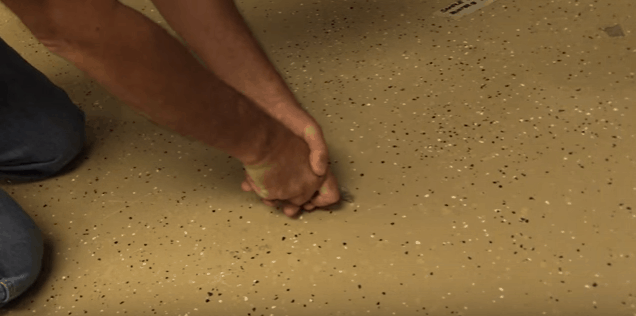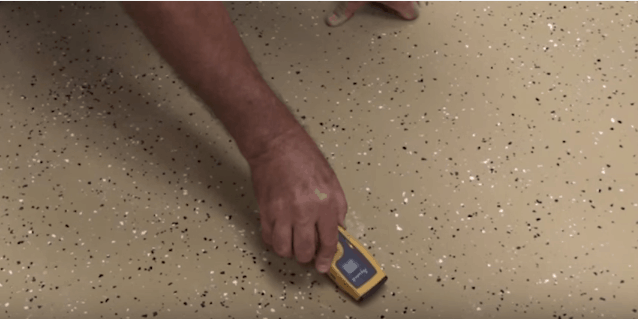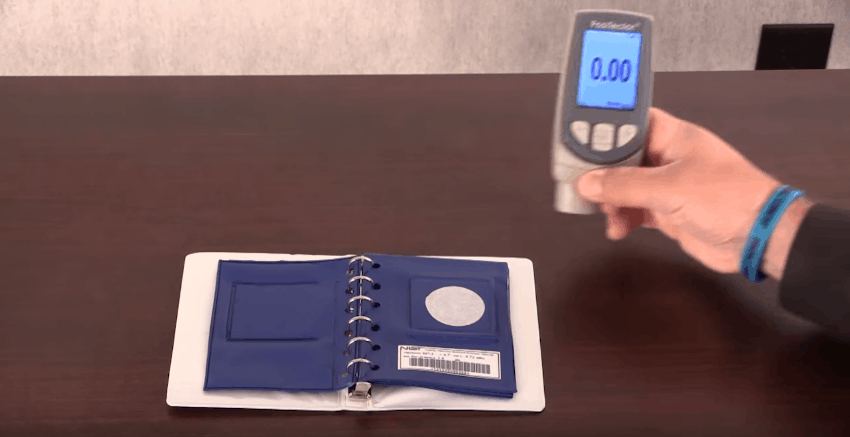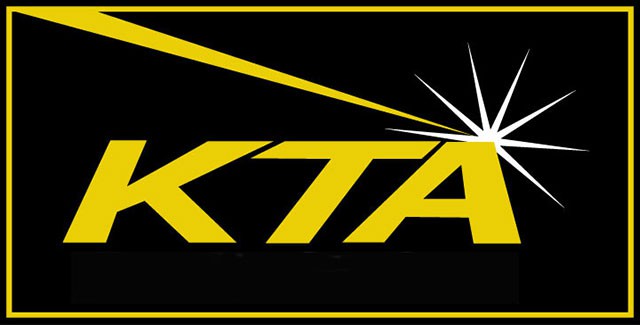Coating Failure Analysis Learning Series – Part 4 – Field Adhesion Testing – Knife & Tensile
Welcome to the KTA Coating Failure Analysis Video Learning Series! This is a six-part video series that demonstrates the field and laboratory methods that were used to determine why a new coating system applied to a previously painted concrete floor had failed. Each part is standalone, addressing a different aspect of the evaluation, but when viewed […]










